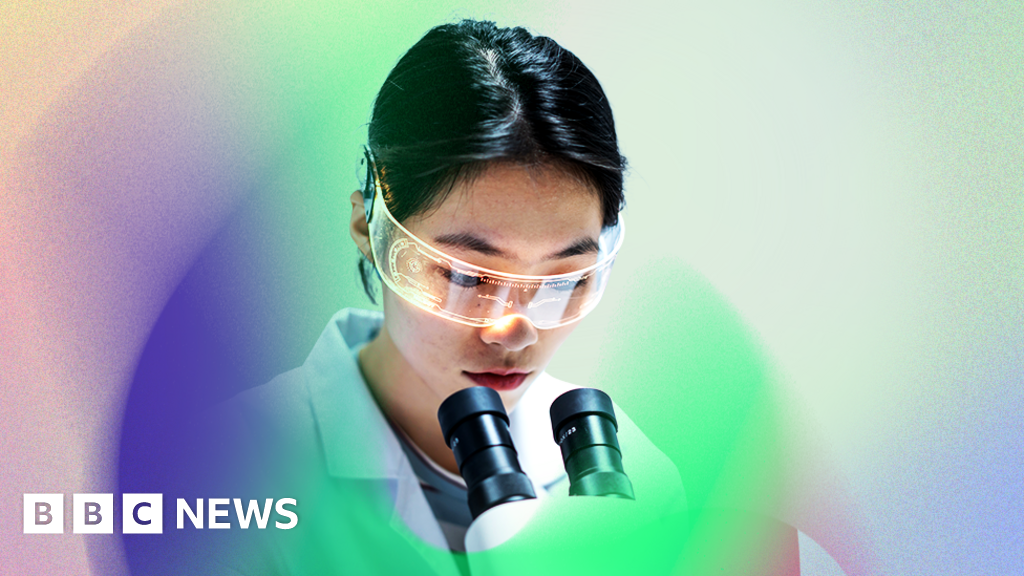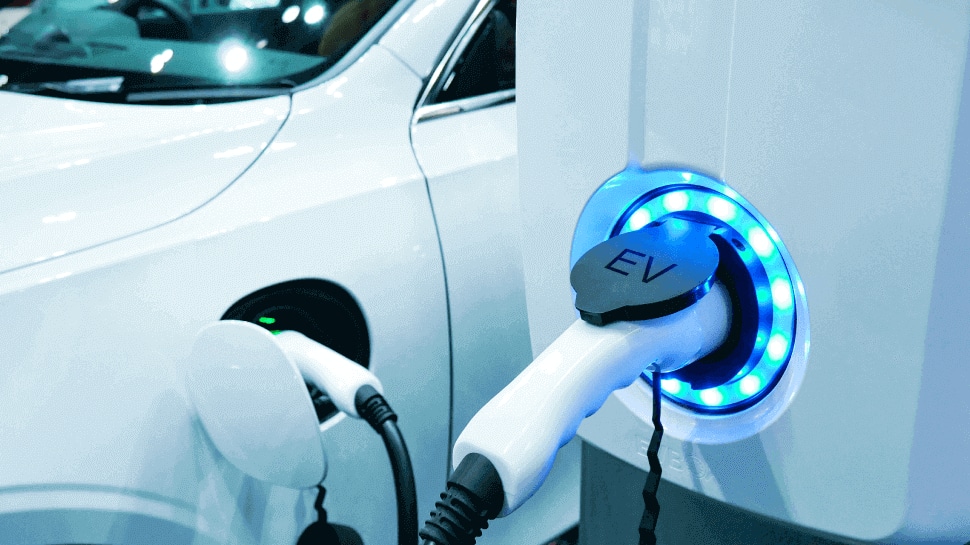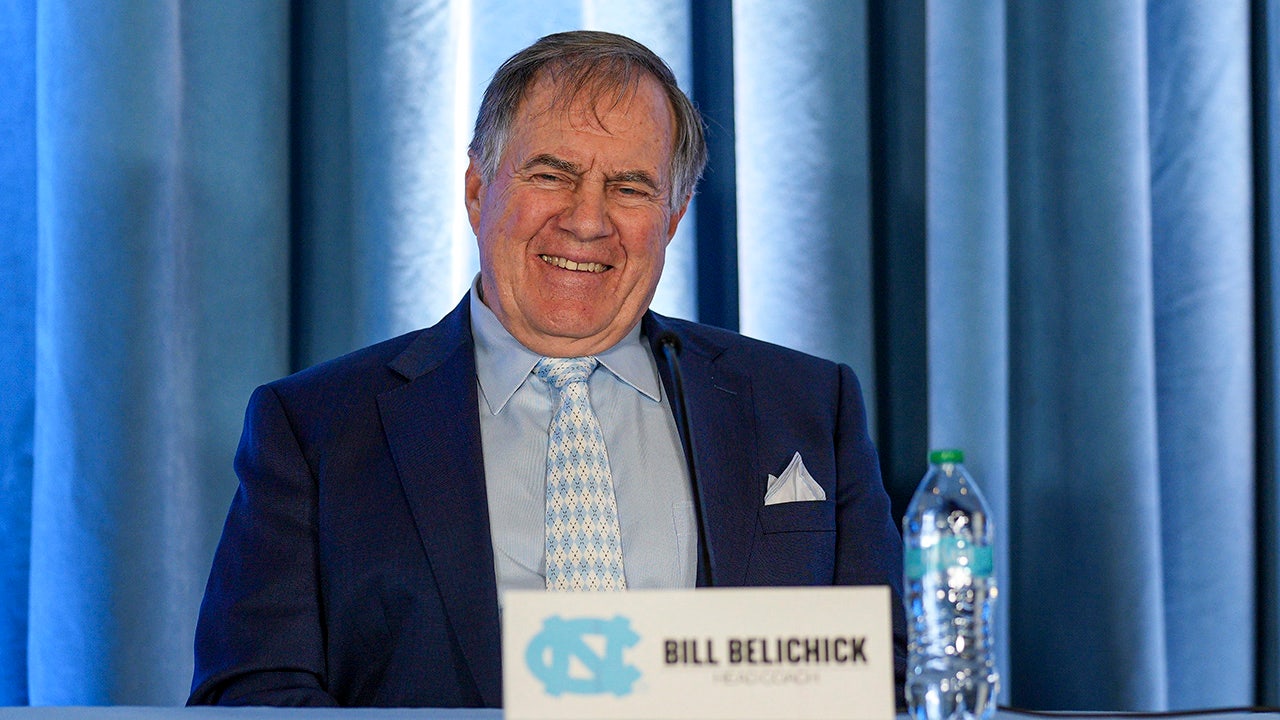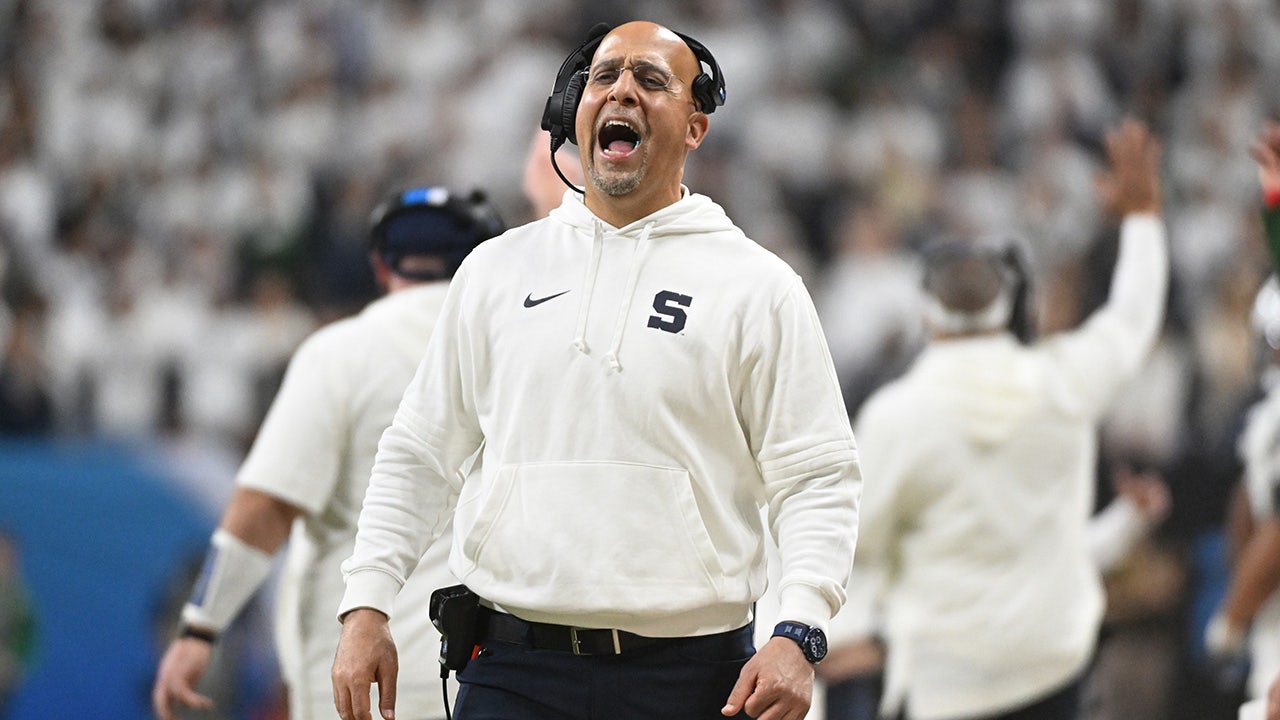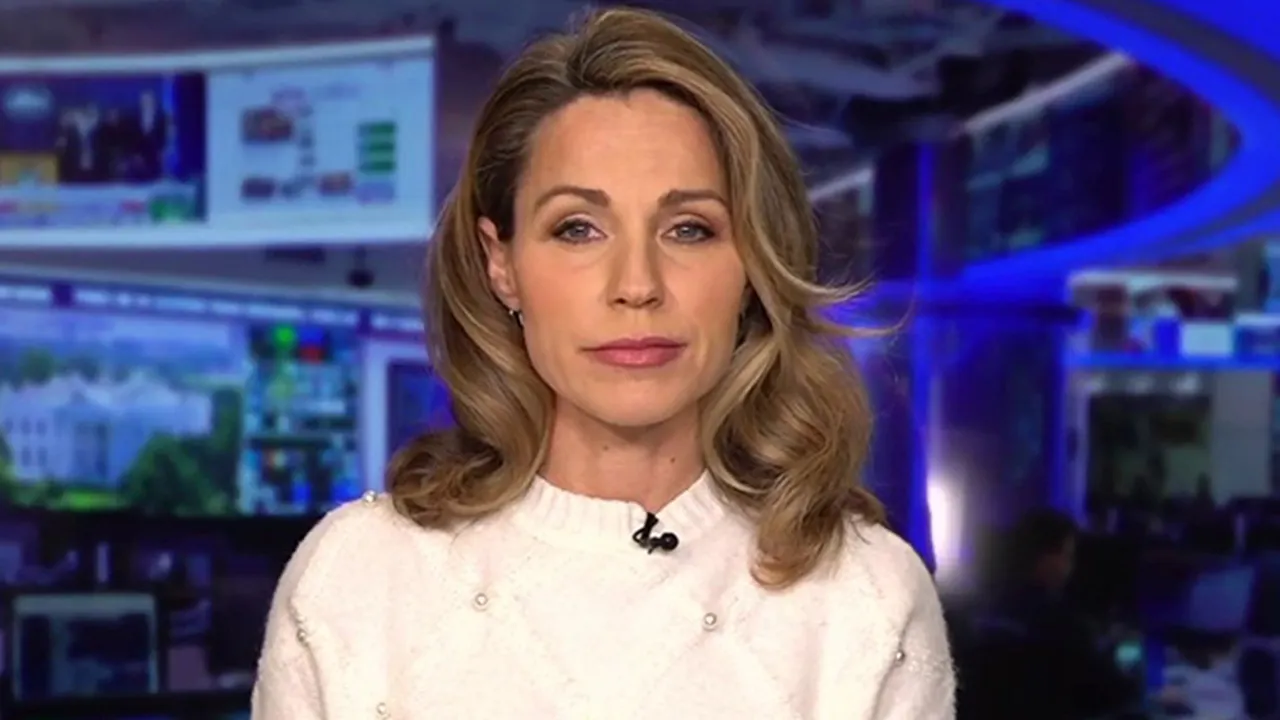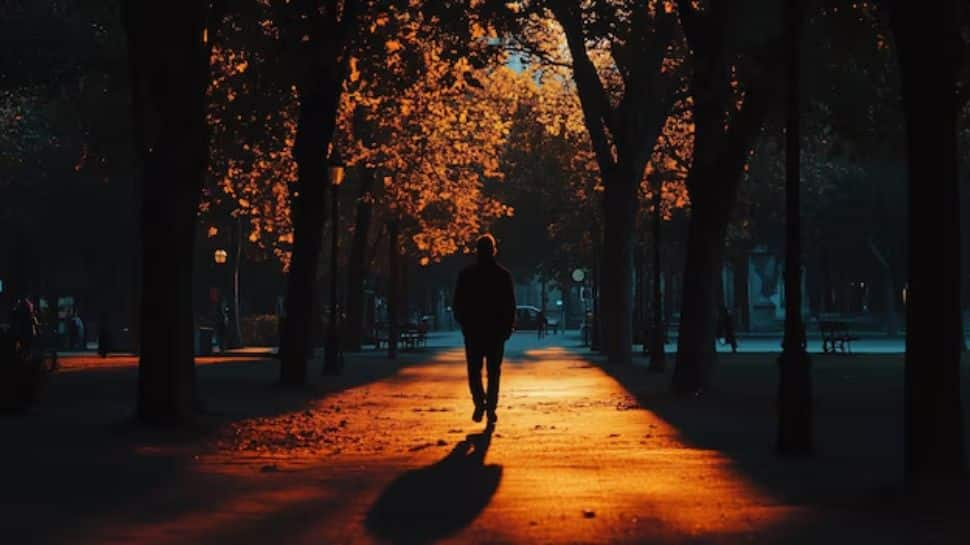CNN
—
Peru is seeing some of its worst political violence in recent decades, but the grievances of protesters are all but new; they reflect a system that has failed to deliver for over twenty years.
Sparked by the ousting of former President Pedro Castillo last month, some of Peru’s most intense protests have taken place in the south of the country where dozens of people were killed in violent clashes with security forces over the last few weeks.
This region, around the Andean Mountain range at over ten thousand feet above sea level and home to some of Peru’s most famous archeological sites like the ancient ruins of Machu Picchu and the city of Cusco, is also one of the poorest in the country.
In recent days, protesters from this and other rural regions of Peru have started travelling towards the capital, Lima – sometimes for days – to express their grievances to the country’s leadership and demand that the current president, Dina Boluarte, to step down.
Their anger highlights a much deeper democratic crisis. After years of political bedlam, Peru is a country that has fallen out of love with democracy: both the presidency and congress are widely discredited and perceived as corrupt institutions.
A 2021 poll by LABOP, a survey research laboratory at Vanderbilt University, revealed that only 21% of Peruvians said they are satisfied with democratic rule, the least in any country in Latin American and the Caribbean except Haiti.
Worryingly, more than half of Peruvians who took part in that poll said a military takeover of the country would be justified under a high degree of corruption.
At the core of the crisis are demands for better living conditions that have gone unfulfilled in the two decades since democratic rule was restored in the country. Peru is one of the youngest democracies in the Americas, with free and fair elections having been restored only in the year 2001 after the ousting of right wing leader Alberto Fujimori.
Peru’s economy flourished both under Fujimori and in the years that followed the restoration of democracy, outpacing almost any other in the region thanks to robust exports of raw material and healthy foreign investments. The term Lima Consensus, after the Peruvian capital, was coined to describe the system of free-market policies that Peruvian elites promoted to fuel the economic boom.
But while the economy boomed, state institutions were inherently weakened by a governing philosophy that reduced state intervention to a minimum.
As early as 2014, Professor Steven Levitsky of Harvard University, highlighted a particular Peruvian paradox: While in most democracies public opinion reflects the state of the economy, in Peru presidential approval ratings consistently plummeted during the 2000s, even as growth soared, he wrote in journal Revista.
Levitsky highlighted chronic deficiencies in security, justice, education, and other basic services from Peru’s successive governments as threats to the young democracy’s sustainability.
“Security, justice, education and other basic services continue to be under-provided, resulting in widespread perceptions of government corruption, unfairness, ineffectiveness and neglect. This is a major source of public discontent. Where such perceptions persist, across successive governments, public trust in democratic institutions is likely to erode,” he wrote, an observation that today seems prophetic.
The Covid-19 pandemic only exacerbated this structural weakness at the core of the Peruvian society. Whereas many countries expanded social safety nets to counter the damaging economic impact of lockdowns, Peru had no net to fall back on.
According to the United Nations, over half of the Peruvian populations lacked access to enough food in the months of the Covid-19 pandemic, as the virus swept around the country. Data from Johns Hopkins University also show that Peru recorded the highest per-capita death toll in the world due to coronavirus.
The country’s economy is back on track after the pandemic shock – Peru’s GDP grew an astonishing 13.3% in 2021 – but public trust in democratic institutions has broken down, just as Levitsky predicted.

A poll published September 2022 by IEP showed 84% of Peruvians disapproved Congress’s performance. Lawmakers are perceived not only as pursuing their own interests in Congress, but are also associated with corrupt practices.
The country’s frustrations have been reflected in its years-long revolving door presidency. Current president Boluarte is the sixth head of state in less than five years.
Her predecessor Castillo rose to power in 2021’s general elections, styled as man of the people who would get the country a fresh start. But polarization and the chaos surrounding his presidency – including corruption allegations and multiple impeachment attempts by Congress, which Castillo dismissed as politically motivated – only exacerbated pre-existing tensions.
Most protesters who spoke with CNN on Wednesday said the country needs a fresh start and demanded new elections across the board to restore a sense of legitimacy to public institutions.
But Boluarte and legislators have so far resisted calls for early general elections. On Sunday, the president declared a state of emergency in the areas of the country most affected by the protests, including Lima. The measure is due to last until mid-February but that has not stopped more people from taking to the streets.
Peru’s Attorney General meanwhile has opened an investigation into Boluarte’s handling of the unrest.

But even if the current leadership were to go and yet another politician raised to the presidency, the root causes of Peru’s unrest persist.
As in many other regions of Latin America, addressing those issues requires structural change in terms of social and economic equality, tackling the cost-of-living crisis and fighting corruption.
Across the region, the pandemic has proven a reality check after years of economic and social development under democratic regimes gave the impression that Latin America had finally put the era of coups, dictatorships and revolt behind its back.
Today’s Peru may be a cautionary tale for any democracy that fails to deliver for its people and spins upon itself.






